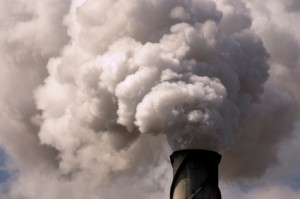 Several factors contribute to poor indoor air quality that can be easily controlled. Air pressurization greatly affects the indoor air quality of a home or building.
Several factors contribute to poor indoor air quality that can be easily controlled. Air pressurization greatly affects the indoor air quality of a home or building.
Pressurization
Air flow is created by pressure differentials. Air flow always flows from higher relative pressure to lower relative pressure. If more air is supplied to a room than exhausted, the excess air leaks out of the space and the room is said to be under Positive Pressure. If less air is supplied than exhausted, air is pulled into the space and the room is said to be under Negative Pressure.
Positive Pressure
If a home or building has too much positive air pressure, it will allow for conditioned air to escape the home causing costly energy concerns.
Negative Pressure
Negatively pressurized homes allow for unconditioned and unfiltered air to be drawn within the home or building. Debris will enter through cracks and crevices, opened doors, windows, etc…
What’s the Ideal Air Pressurization?
It is ideal to achieve neutral to slightly positive air pressurization. Though there is a slight loss of conditioned air, a slightly positive pressured home will provide comfort and prevent outdoor contaminants from entering the home or building.
ASHRAE Standard 62.1 “Ventilation for Acceptable Indoor Air Quality” requires proper ventilation and a slightly positive pressurization of buildings. Maintaining a small positive air pressure, relative to the outdoors, limits the entrance of outdoor moisture and is a very common strategy to prevent mold and mildew formation in a building.
How Can You Monitor or Control Air Pressurization?
Air pressure can be monitored through an energy auditor. An energy auditor will use of a blower door & smoke test to determine the location of air leaks. After the test is performed steps can be made to improve air pressurization.
Several factors contribute to poor indoor air quality that can be easily controlled. Air pressurization greatly affects the indoor air quality of a home or building.
Pressurization
Air flow is created by pressure differentials.Air flow always flows from higher relative pressure to lower relative pressure.If more air is supplied to a room than exhausted, the excess air leaks out of the space and the room is said to be under Positive Pressure.If less air is supplied than exhausted, air is pulled into the space and the room is said to be under Negative Pressure.
Positive Pressure
If a home or building has too much positive air pressure, it will allow for conditioned air to escape the home causing costly energy concerns.
Negative Pressure
Negatively pressurized homes allow for unconditioned and unfiltered air to be drawn within the home or building.Debris will enter through cracks and crevices, opened doors, windows, etc…
What’s the Ideal Air Pressurization?
It is ideal to achieve neutral to slightly positive air pressurization.Though there is a slight loss of conditioned air, a slightly positive pressured home will provide comfort and prevent outdoor contaminants from entering the home or building.
ASHRAE Standard 62.1 “Ventilation for Acceptable Indoor Air Quality” requires proper ventilation and a slightly positive pressurization of buildings. Maintaining a small positive air pressure, relative to the outdoors, limits the entrance of outdoor moisture and is a very common strategy to prevent mold and mildew formation in a building.
How Can You Monitor or Control Air Pressurization?
Air pressure can be monitored through an energy auditor.An energy auditor will use of a blower door & smoke test to determine the location of air leaks.After the test is performed steps can be made to improve air pressurization.
 The greatest difficulty in solving indoor air quality problems is that effects on people can vary. One of a pollutant can have a completely different effect on two different people. While pollutants found in indoor air can be responsible for many harmful effects, there is considerable uncertainty as to what concentrations or periods of exposure are necessary cause specific health problems.
The greatest difficulty in solving indoor air quality problems is that effects on people can vary. One of a pollutant can have a completely different effect on two different people. While pollutants found in indoor air can be responsible for many harmful effects, there is considerable uncertainty as to what concentrations or periods of exposure are necessary cause specific health problems.
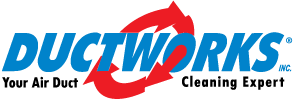
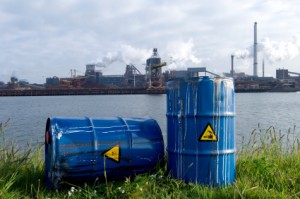 A host of different biological, gas, and particulate pollutants can affect the indoor air quality. The types of contaminants and the amounts that are suspended in the air determine air quality.
A host of different biological, gas, and particulate pollutants can affect the indoor air quality. The types of contaminants and the amounts that are suspended in the air determine air quality.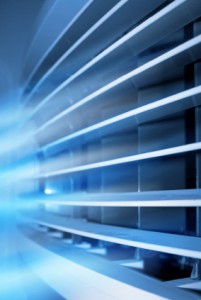 Air pathways are a key component of indoor air quality. Understanding and improving air pathways will greatly improve your indoor air quality.
Air pathways are a key component of indoor air quality. Understanding and improving air pathways will greatly improve your indoor air quality. Several factors contribute to poor indoor air quality that can be easily controlled. Air pressurization greatly affects the indoor air quality of a home or building.
Several factors contribute to poor indoor air quality that can be easily controlled. Air pressurization greatly affects the indoor air quality of a home or building.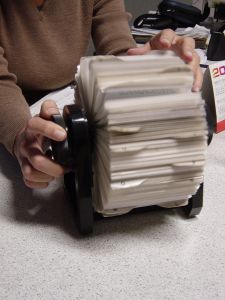 Finding a reputable air duct cleaning service is important if you want the job done right and your home respected during the cleaning process. Here are a few tips to finding a quality cleaner in your area.
Finding a reputable air duct cleaning service is important if you want the job done right and your home respected during the cleaning process. Here are a few tips to finding a quality cleaner in your area. Air conditioning units require regular maintenance to keep them working at an optimal level. Follow these guidelines to ensure your air conditioner is working efficiently.
Air conditioning units require regular maintenance to keep them working at an optimal level. Follow these guidelines to ensure your air conditioner is working efficiently. All dust can be a fire hazard and regular household dust is no exception. Help keep your home safe by cleaning air ducts and preventing an accumulation of dust.
All dust can be a fire hazard and regular household dust is no exception. Help keep your home safe by cleaning air ducts and preventing an accumulation of dust. Pet Dander is one of those microscopic particles found in many homes that can cause allergic reactions and trigger asthma. Here is some more information about pet dander and what you can do to reduce the amount of it in your home.
Pet Dander is one of those microscopic particles found in many homes that can cause allergic reactions and trigger asthma. Here is some more information about pet dander and what you can do to reduce the amount of it in your home.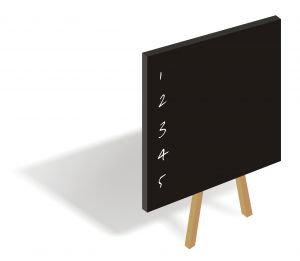 To keep your heating bills low, you need to keep your furnace running efficiently. Here are 5 tips to keep your furnace working at peak performance.
To keep your heating bills low, you need to keep your furnace running efficiently. Here are 5 tips to keep your furnace working at peak performance. Keeping air ducts clean can help keep indoor air quality healthy. Follow these simple tips to reduce dust and other build up in your air ducts.
Keeping air ducts clean can help keep indoor air quality healthy. Follow these simple tips to reduce dust and other build up in your air ducts.